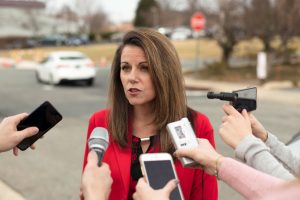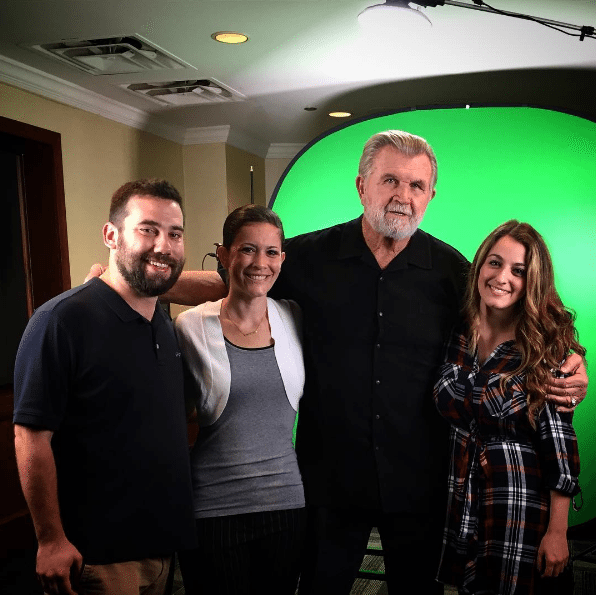No one likes to think about the worst. Crisis communication planning remains a topic that many businesses and organizations would rather not think about when it is not needed. At its core, the perception of crisis communications screams negativity and causes people to think about catastrophic disasters. The response for most, albeit the wrong answer, typically is to bury one’s head in the sand.
However, crisis communications boils down to two basic principles: adequate planning and building relationships. Three mantras in a crisis all surround the plan and the people: prepare for the worst, hope for the best and expect the unexpected.
Prepare for the worst
- Know and understand your business and any possible threats against it.
- Develop relationships with those media and organizational allies, which could assist you in an emergency.
- Identify the spokespeople, who will control the message during a crisis.
- Prepare your virtual “go bag.” Gather all social media and website password and logins, as well as any standard operating procedures for efficiency in a crisis.
Hope for the best
- Develop the key messaging necessary to allow spokespeople and staff to speak with one voice about the company, accentuating the positive and allowing potentially negative questions to circle back to a key message.
- Train your staff on delivering exceptional interviews and teaching the concept of bridging and redirection. This can benefit your organization in good times and bad.
- Build trust by ensuring you circle the wagons immediately during a crisis to allow your internal audience, the staff, know they remain the priority.
Expect the unexpected
- Remain flexible in your plan to allow for quick-turn changes. A crisis rarely looks the same twice, so leave room in your plan to adjust, when needed.
- Anticipate a fluid situation, which often lasts longer than expected. Back up your plans to allow for a longer situation. Avoid burnout, if possible!
- During a crisis, communicate early and often. If you leave a void, expect your adversaries to fill it.
 Post-event evaluation remains an essential main component of a solid crisis communications plan, though often is the component left undone. The evaluation plan is usually placed boldly at the end of the plan awaiting execution. Most practitioners and business owners, ready to put the negative event behind them, avoid it like the plague.
Post-event evaluation remains an essential main component of a solid crisis communications plan, though often is the component left undone. The evaluation plan is usually placed boldly at the end of the plan awaiting execution. Most practitioners and business owners, ready to put the negative event behind them, avoid it like the plague.
Ideally, conducting a hot wash of the event and the application of the plan immediately following the event leads to key adjustments to improve the execution. Take the time to assemble the team, even the external partners, if possible, to discuss the execution and brainstorm ideas to make it better for the future.
Our work with clients allows us to assist in planning for the unknown and developing key relationships with people and organizations, which ultimately leads to better responses during a negative event while managing crisis PR effectively.



